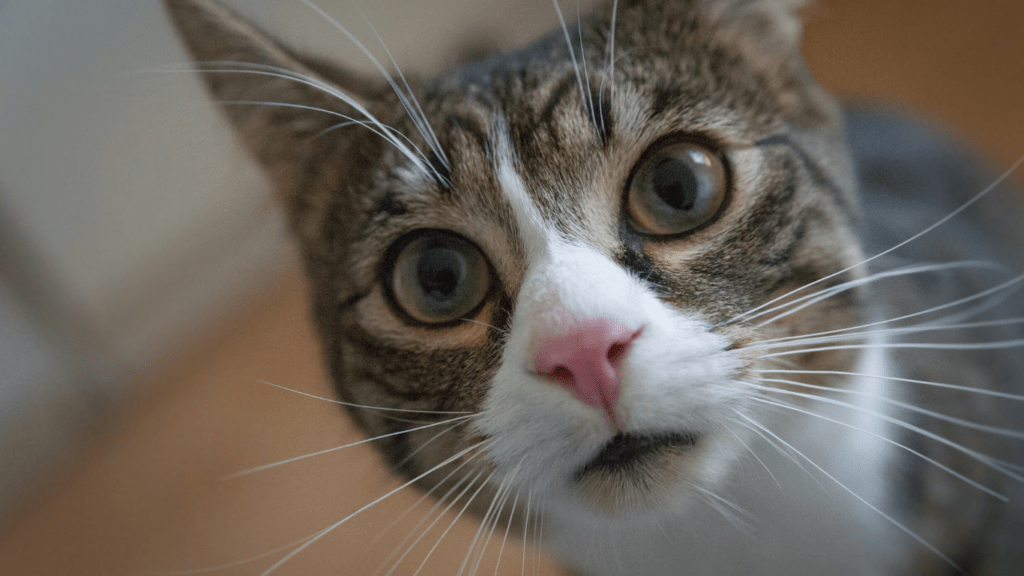Curious about why your feline friend kneads you or their favorite blanket? As a cat enthusiast, I’ve delved into the intriguing behavior of cats kneading and uncovered the scientific reasons behind this adorable habit. Cats have a unique way of communicating through their actions, and kneading is no exception.
In this article, I’ll unravel the mysteries behind why cats knead, from their kitten days to adulthood. Understanding the science behind this behavior not only deepens our bond with these mysterious creatures but also sheds light on their instincts and evolution.
So, next time your cat starts kneading, you’ll have a newfound appreciation for this endearing feline behavior.
Understanding Cat Kneading Behavior
Exploring the fascinating world of cat behavior reveals intriguing insights into why our feline friends exhibit certain actions like kneading. Cats display a variety of behaviors to communicate their needs and emotions, with kneading being a distinctive behavior that captivates cat owners worldwide.
Delving into the scientific rationale behind cat kneading sheds light on their innate instincts and evolutionary history.
Understanding the reasons behind cat kneading provides a deeper connection with these enigmatic creatures. From the time they are tiny kittens to their adult years, cats engage in kneading for various purposes that reflect their complex nature.
By unraveling the science behind this rhythmic motion, we can appreciate the significance of kneading in the feline world and enhance our comprehension of their behavior patterns.
The Importance of Kneading to Cats
Kneading is an essential behavior for cats, serving both physical and emotional purposes.
- Physical Comfort: Kneading allows cats to stretch their muscles, promoting circulation and relieving tension.
- Emotional Well-being: This instinctual behavior dates back to kittenhood when they kneaded their mother’s belly for milk, creating a sense of security and comfort.
- Scent Marking: Cats have scent glands in their paw pads, and kneading helps them mark their territory with familiar scents, providing a sense of belonging and familiarity.
| Physical and Emotional Benefits | |
|---|---|
| Muscle Stretching and Relaxation | Promotes circulation and relieves tension |
| Emotional Security | Originates from kittenhood bonding with mother |
| Territory Marking | Uses scent glands to mark familiar places |
The Scientific Explanations Behind Cat Kneading
Exploring the scientific explanations behind cat kneading sheds light on this intriguing feline behavior. Cats knead as a throwback to their kitten days when they kneaded their mother’s belly to stimulate milk flow. This instinctual behavior is deeply ingrained in their nature.
The rhythmic motion of kneading releases endorphins, providing cats with a sense of comfort and security.
The act of kneading also serves a functional purpose. By flexing their toes and paw pads during kneading, cats stretch their muscles and promote circulation. This helps them maintain muscle tone and flexibility.
Additionally, kneading allows cats to mark their territory with scent glands located in their paw pads. This territorial marking behavior is a way for cats to claim ownership and create a familiar environment.
Understanding the science behind cat kneading illuminates the multifaceted nature of this behavior. It showcases how cats’ instincts, comfort-seeking tendencies, and territorial behaviors intertwine to create a meaningful and purposeful action.
By recognizing the biological and behavioral reasons behind cat kneading, we can deepen our connection with these enigmatic and fascinating creatures.
Observing Cat Kneading in Different Contexts
Exploring the behavior of cats kneading offers fascinating insights into the varied contexts in which this unique feline habit manifests. From observing cats in different settings, I’ve noticed distinct patterns that shed light on the reasons behind their kneading behavior.
- Kneading during Relaxation: When cats are in a relaxed state, such as during a cozy nap or cuddle session, they often knead to further enhance their comfort. This rhythmic motion seems to provide them with a sense of security and contentment, reminiscent of their days as kittens seeking warmth and safety.
- Kneading for Territory Marking: In multi-cat households or in the presence of other animals, cats may knead as a way to mark their territory subtly. The sweat glands in their paw pads release scent during kneading, leaving behind their unique fragrance as a form of communication to assert ownership over a particular space.
- Kneading as a Social Behavior:
Observing cats kneading in the presence of their human companions reveals a social aspect to this behavior. Cats often knead when interacting with individuals they feel close to, signifying trust and bonding. This kneading gesture can be interpreted as a form of affection and companionship from our feline friends. - Kneading for Stress Relief: During stressful situations or when experiencing anxiety, cats may resort to kneading as a coping mechanism. The repetitive motion of kneading appears to have a calming effect on cats, helping them alleviate tension and anxiety in challenging circumstances.
By closely observing cats kneading in these varied contexts, we can gain a deeper appreciation for the multifaceted nature of this behavior and its significance in feline communication and well-being.


 Rudylier Alejandrosh, the visionary founder of Animal Potty Care, created the platform out of a deep passion for improving pet care solutions and enhancing the relationship between pets and their owners. With years of experience as a dedicated pet enthusiast, Rudylier recognized the challenges pet owners face in managing their pets' behavior, especially in areas like potty training and travel care. His commitment to making pet ownership easier and more enjoyable is reflected in the resources and guidance provided on the platform, which empowers pet owners with practical tips, innovative solutions, and a better understanding of their pets' needs.
Rudylier Alejandrosh, the visionary founder of Animal Potty Care, created the platform out of a deep passion for improving pet care solutions and enhancing the relationship between pets and their owners. With years of experience as a dedicated pet enthusiast, Rudylier recognized the challenges pet owners face in managing their pets' behavior, especially in areas like potty training and travel care. His commitment to making pet ownership easier and more enjoyable is reflected in the resources and guidance provided on the platform, which empowers pet owners with practical tips, innovative solutions, and a better understanding of their pets' needs.